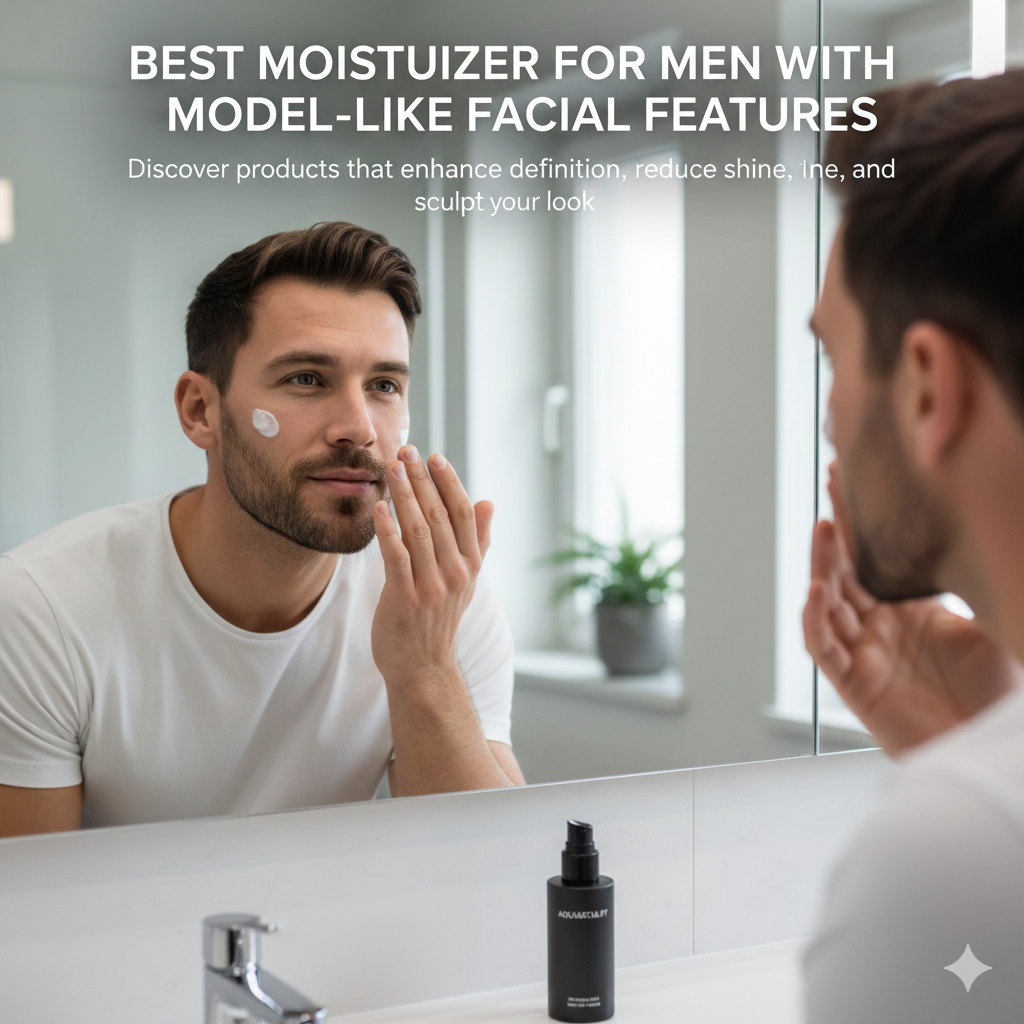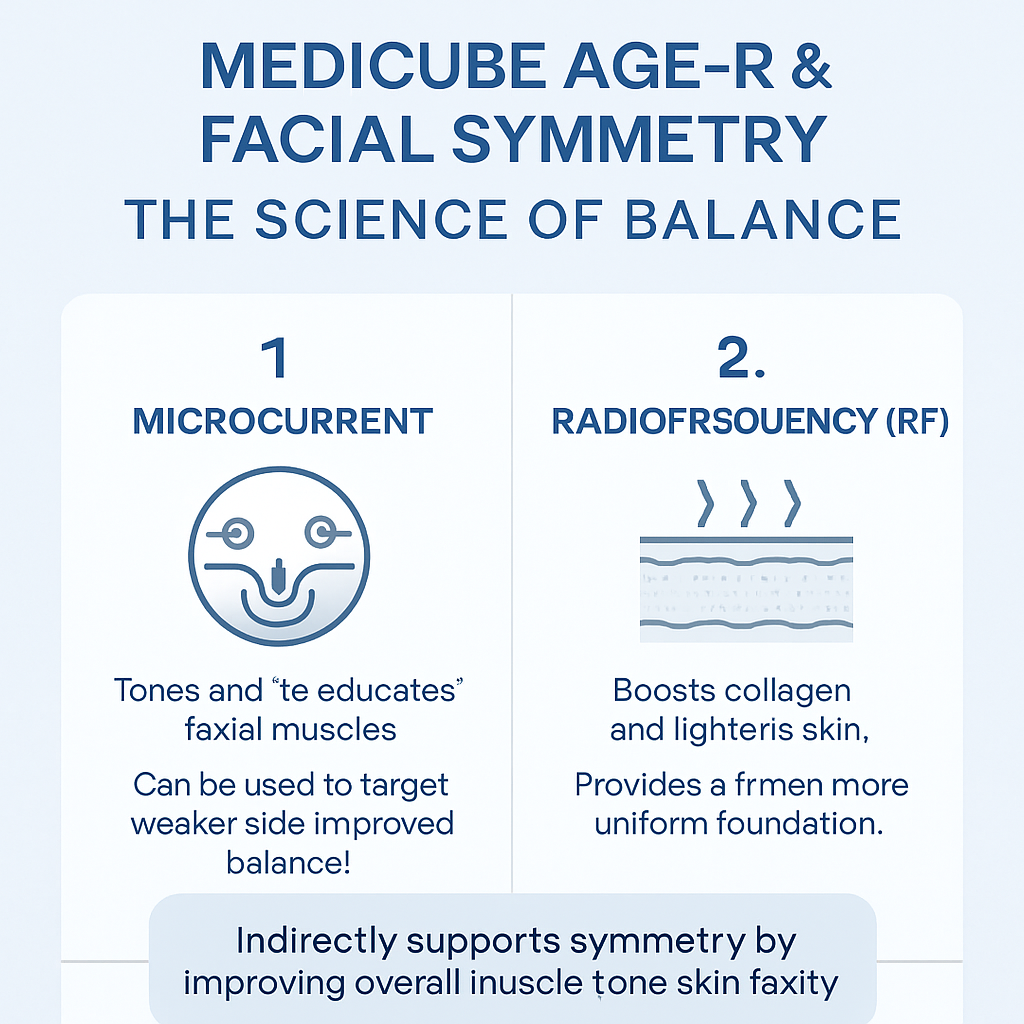Introduction to Fetishes and Attraction
Fetishes, in the context of attraction, refer to an intense focus or preference for certain features, whether facial or bodily, that enhance an individual’s appeal. These preferences can range from common traits such as full lips or a well-defined jawline to more specific characteristics like dimples or certain body shapes. The concept of fetishes, particularly in terms of physical attraction, is deeply rooted in psychology and cultural constructs.
Psychologically, fetishes often form through a combination of early experiences, societal influences, and individual conditioning. For instance, repeated positive experiences or reinforcements associated with specific features can lead to a heightened preference for those traits. This process is not entirely conscious; rather, it often operates on a subconscious level, subtly influencing our perceptions of attractiveness.
Moreover, cultural and individual differences play a significant role in shaping what is considered attractive. Cultural backgrounds can dictate which features are celebrated and idealized. In some cultures, a fuller figure might be seen as a symbol of prosperity and health, while in others, a lean physique might be more highly prized. Similarly, individual preferences can vary widely based on personal experiences and socio-cultural conditioning.
Understanding the nuances of fetishes and attraction requires an appreciation of these diverse influences. By recognizing the psychological underpinnings and cultural contexts, we can better appreciate why certain facial and body features become focal points of attraction. This sets the stage for a deeper exploration of the specific features that are commonly fetishized and how they contribute to perceived attractiveness.
The Allure of Symmetry
Facial symmetry has long been considered a key factor in human attraction. The significance of symmetry in attraction is deeply rooted in evolutionary biology. Symmetrical faces are often perceived as more attractive because they serve as a subconscious indicator of genetic health and fitness. This perception is not merely anecdotal; it is supported by a wealth of scientific studies.
One of the main reasons symmetrical faces are favored lies in the evolutionary theory of mate selection. Symmetry is thought to be an indicator of developmental stability, meaning that an individual with a symmetrical face likely experienced fewer genetic and environmental disturbances during development. This stability suggests that the person is genetically fit and healthy, making them a more desirable mate. In essence, facial symmetry is a marker of good genes, which can be passed on to offspring, thereby enhancing their chances of survival and reproduction.
Several studies have reinforced the connection between facial symmetry and attractiveness. For example, research published in the journal “Nature” revealed that people consistently rate symmetrical faces as more attractive compared to asymmetrical ones. Another study in the “Proceedings of the Royal Society B” found that individuals with symmetrical faces were perceived as healthier and more attractive by participants from diverse cultural backgrounds. These findings suggest that the preference for symmetrical faces is not merely a cultural phenomenon but a universal trait rooted in our biology.
Moreover, symmetry in facial features can influence social interactions and perceptions beyond physical attraction. Studies have shown that individuals with symmetrical faces are often perceived as more trustworthy, competent, and likable. This broad impact underscores the importance of symmetry in human social dynamics and its role in shaping our perceptions of others.
In conclusion, the allure of facial symmetry is deeply ingrained in our evolutionary history. Symmetrical faces are not only aesthetically pleasing but also serve as indicators of genetic health and fitness, making them more attractive to potential mates. Scientific evidence supports the idea that our preference for symmetry is a subconscious mechanism aimed at ensuring the propagation of healthy genes.
Eyes: The Windows to the Soul
The allure of the eyes has long been a subject of fascination and adoration. Often referred to as “the windows to the soul,” eyes play a pivotal role in human attraction. Various eye shapes, colors, and sizes can captivate attention and evoke a sense of intrigue. Almond-shaped eyes, for example, are frequently celebrated for their balanced proportions and exotic appeal. Similarly, large eyes are often associated with youth and innocence, making them particularly attractive to many individuals.
Eye color can also be a significant factor in attraction. Unique hues like green or blue are rarer in the general population and can thus stand out, making them highly coveted. The rarity of these colors can evoke a sense of mystery and allure, drawing people in. Brown eyes, though more common, are often perceived as warm and trustworthy, adding another layer of complexity to the dynamics of attraction.
Psychological studies have delved into the impact of eye contact on human connection and attraction. Eye contact is a powerful non-verbal communication tool that can convey a range of emotions, from interest and curiosity to affection and trust. Researchers have found that prolonged eye contact can stimulate feelings of intimacy and connection, even between strangers. This phenomenon is often referred to as the “eye contact effect,” highlighting the importance of eyes in building emotional bonds.
Moreover, the eyes can express emotions more vividly than words can. A mere glance can communicate joy, sadness, anger, or love, making the eyes a focal point in social interactions. This emotional expressiveness enhances their attractiveness, as people are naturally drawn to those who can convey feelings through their gaze.
In summary, the fetishization of eyes encompasses a wide array of characteristics, from shape and size to color and expressiveness. Psychological insights affirm that eye contact is crucial in forming human connections, further solidifying the eyes’ role in attraction. Whether through their unique colors or the emotions they convey, the eyes remain an enduring symbol of beauty and allure.
The Seductive Power of Lips
Throughout history, the allure of lips has captivated human fascination, contributing significantly to perceptions of attractiveness. Various lip shapes and sizes, such as full lips and cupid’s bow lips, play a pivotal role in the realm of facial aesthetics. Full lips, often epitomized by their plump and luscious appearance, are widely regarded as a symbol of sensuality and youth. The prominence of full lips in popular culture, bolstered by celebrities and media representation, has led to an increased desire for such features, often influencing beauty standards globally.
Similarly, cupid’s bow lips, characterized by a pronounced double curve resembling the bow of Cupid, the Roman god of love, are celebrated for their distinct and appealing shape. This particular lip form is often associated with femininity and elegance, making it a sought-after trait in various societies. The aesthetic appeal of these lip shapes is not solely confined to their physical attributes but extends to their role in non-verbal communication. Lips are instrumental in conveying emotions and intentions, from a subtle smile to a passionate kiss, making them a crucial element in romantic and sexual attraction.
Cultural variations also play a significant role in defining what types of lips are considered attractive. In some cultures, thinner lips might be preferred for their association with sophistication and refinement, while others might value fuller lips as a sign of vitality and fertility. For instance, in many African cultures, full lips are traditionally seen as a mark of beauty and are often celebrated in art and literature. Conversely, in certain East Asian cultures, a more subtle and less pronounced lip shape might be favored, aligning with broader aesthetic ideals of delicacy and grace.
Ultimately, the seductive power of lips transcends mere physical appearance, encompassing a complex interplay of cultural, emotional, and communicative factors. Whether full, thin, or uniquely shaped, lips remain an enduring focal point in the tapestry of human attraction, continuously shaping and reshaping beauty ideals across different societies.
Body Proportions and Curves
Body proportions play a significant role in defining attractiveness, often becoming the focal point of various fetishes. One widely studied aspect is the waist-to-hip ratio (WHR) in women. A WHR of approximately 0.7 is generally considered most attractive, correlating with higher fertility and better health. This preference has deep evolutionary roots. From an evolutionary standpoint, a lower WHR is associated with optimal levels of estrogen, which are crucial for reproduction. Similarly, in men, the shoulder-to-waist ratio (SWR) is significant. A higher SWR, indicating broader shoulders compared to the waist, is often linked with strength and virility, traits that have been advantageous for survival and protection throughout human history.
In addition to biological and evolutionary underpinnings, media and fashion industries significantly shape and reinforce these preferences. The portrayal of idealized body types in movies, magazines, and advertisements perpetuates specific standards of beauty. For instance, fashion icons and celebrities often exhibit the desirable WHR and SWR, thereby normalizing and glorifying these proportions. This influence extends to body fetish communities, where certain body types are not only admired but also fetishized.
Moreover, the role of media in shaping body image cannot be understated. Fashion trends often emphasize curves or muscular builds, further entrenching these ideals in public consciousness. The proliferation of social media platforms allows for the widespread dissemination of these body standards, making them more accessible and, consequently, more desirable. As a result, individuals may aspire to achieve these body proportions, sometimes going to great lengths to modify their appearance through diet, exercise, or even surgery.
Understanding the interplay between biological predispositions and societal influences provides a comprehensive view of why certain body proportions are considered attractive. It highlights how deeply ingrained these standards are, not only in our evolutionary past but also in our present cultural landscape.
Skin: The Canvas of Attraction
Skin is often considered the canvas of human beauty and attraction, playing a significant role in societal perceptions of health and youth. The fetishization of skin tone, texture, and blemish-free skin is prevalent across various cultures, each with distinct preferences and ideals. Smooth, clear skin is universally admired, frequently associated with vitality, cleanliness, and youthful exuberance.
Globally, cultural perspectives on skin tone vary markedly. In many Western societies, a tanned complexion is often desired, symbolizing an active, outdoor lifestyle and perceived healthiness. Conversely, in several Asian cultures, lighter skin is frequently idealized, historically linked to higher social status and a life away from manual labor. These cultural nuances underscore the diverse ideals of beauty and attractiveness that exist worldwide.
The texture and clarity of the skin further contribute to its allure. Smooth, blemish-free skin is widely sought after, as it typically signifies good health and meticulous self-care. This perception drives the popularity of extensive skincare routines and beauty practices aimed at achieving flawless skin. From daily cleansing, exfoliation, and moisturizing to advanced treatments like chemical peels, laser therapy, and microneedling, individuals invest significant time and resources to enhance their skin’s appearance.
Beauty practices emphasizing skin health are not merely about aesthetics but are deeply rooted in cultural practices and traditions. In South Korea, for instance, the multi-step skincare regimen known as K-beauty has garnered global attention for its efficacy and meticulous approach to skin maintenance. In contrast, traditional Ayurvedic practices in India focus on natural, holistic methods to achieve radiant skin, utilizing ingredients like turmeric, neem, and sandalwood.
In essence, the obsession with skin as a marker of attraction is a multifaceted phenomenon influenced by cultural, social, and health-related factors. The global pursuit of ideal skin continues to evolve, reflecting broader societal values and the ever-changing standards of beauty.
Hair: From Color to Texture
Hair has long been a significant marker of identity, with its color, length, and texture playing pivotal roles in the perception of attractiveness across various cultures. This fascination with hair is deeply rooted in history and continues to shape contemporary beauty standards. Hair, as a symbol, extends beyond mere aesthetics and touches on aspects of cultural identity, personal expression, and societal norms.
Different hair colors, for instance, carry unique connotations and appeal. Historically, blond hair has been associated with youth, vitality, and a certain mystique, often romanticized in Western cultures. Brunette hair, on the other hand, is perceived as sophisticated and grounded, while red hair is often seen as fiery and exotic. These perceptions can influence how individuals view themselves and others, impacting their attractiveness and self-esteem.
Hair texture also plays a crucial role. Curly hair, for example, can symbolize playfulness and natural beauty, while sleek, straight hair is often linked to elegance and professionalism. The versatility of hair textures allows for a wide range of styling possibilities, each contributing to the individual’s overall aesthetic. In some cultures, natural hair textures are celebrated and embraced as part of one’s heritage, while in others, there is a tendency to conform to more homogenized beauty standards.
Length of hair is another factor that influences attractiveness. Long hair has traditionally been associated with femininity and allure, while shorter hairstyles can convey confidence and modernity. The choice of hair length can be deeply personal and often reflects an individual’s lifestyle, personality, and cultural influences.
Popular hair trends also play a significant role in shaping perceptions of beauty. Trends such as balayage, ombre, and pastel hair colors have gained immense popularity, inspiring individuals to experiment with their look. These trends often emerge from fashion runways and celebrities, trickling down to influence mainstream beauty standards. The cyclical nature of hair trends ensures that the concept of beauty remains dynamic, with new styles continuously reshaping the landscape of attractiveness.
In conclusion, hair is a powerful symbol of identity and attractiveness, with its color, texture, and length contributing to the multifaceted nature of beauty. Understanding the cultural and personal significance of hair can provide deeper insights into how we perceive and define attractiveness in our society.
The Role of Confidence and Presentation
Confidence and presentation play pivotal roles in enhancing the attractiveness of facial and body features. While certain physical traits can be fetishized, the way an individual carries themselves often dictates how these features are perceived. Self-assurance is a compelling attribute; it radiates an inner strength and allure that can significantly amplify one’s attractiveness. When a person is confident, they exude a sense of certainty and poise, which can be incredibly magnetic to others.
Posture is another critical aspect of presentation. Standing tall with shoulders back not only improves physical appearance but also conveys a message of self-respect and readiness. Good posture can make an individual appear more open and approachable, enhancing the appeal of their facial and body features. Conversely, poor posture can detract from one’s attractiveness, giving off an impression of insecurity or disinterest.
Grooming is equally important in the overall presentation. Well-maintained hair, clean skin, and appropriate attire can highlight one’s best features and demonstrate a commitment to personal care. Attention to grooming details signals that an individual values themselves, which in turn, makes them more attractive to others. Simple practices like regular haircuts, skincare routines, and wearing clothes that fit well can make a substantial difference in how one’s physical traits are perceived.
Ultimately, while specific facial and body features can draw initial attention, it is the combination of confidence, posture, and grooming that sustains and enhances attractiveness. An individual who is self-assured, presents themselves well, and maintains good grooming habits is likely to be perceived as more attractive, regardless of their innate physical traits. This holistic approach to personal presentation underscores the importance of how one carries themselves, complementing and amplifying the allure of their natural features.




